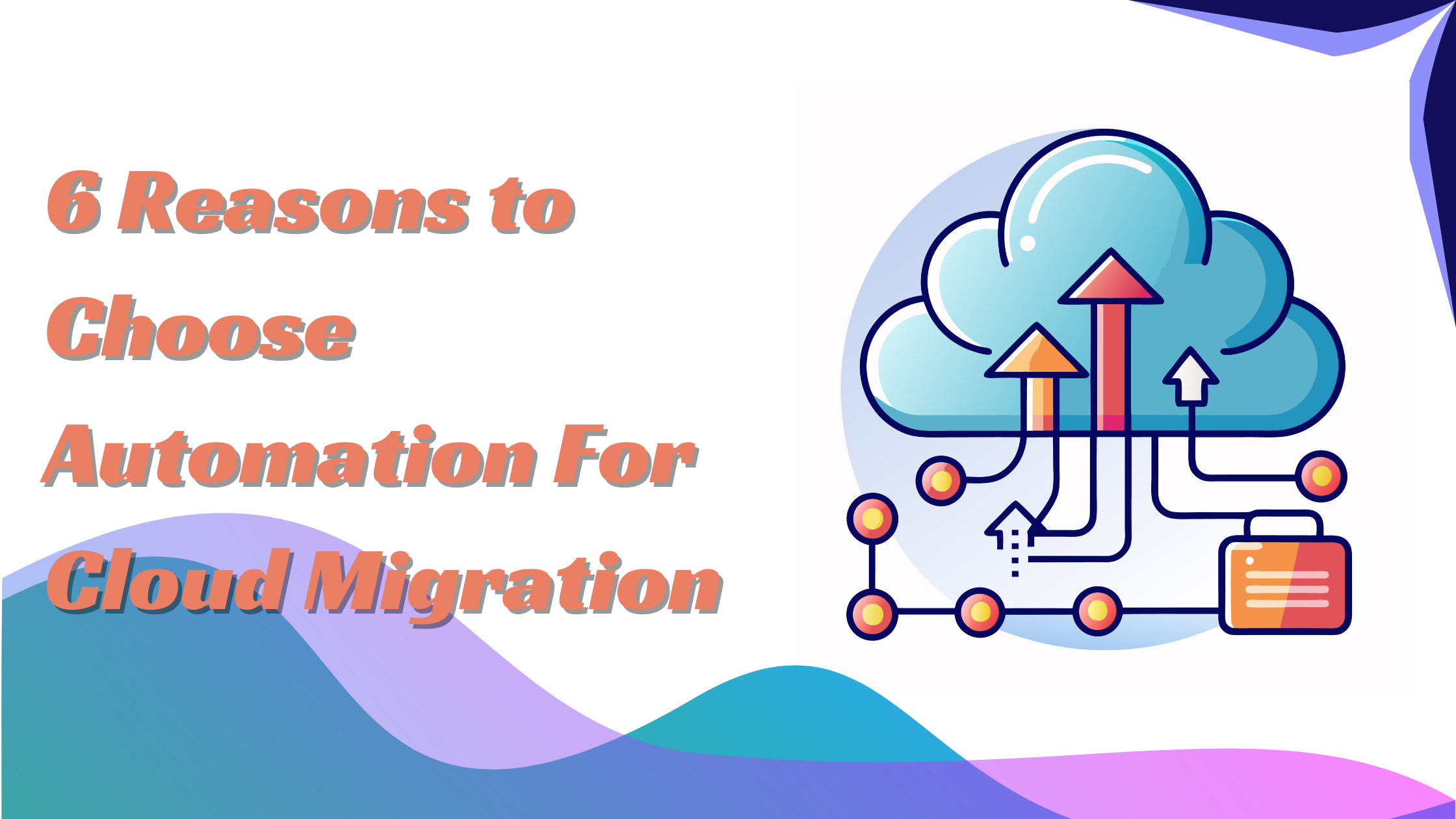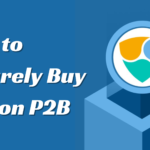Embracing Automation for a Successful Cloud Migration Journey
- 1 What is Automated Cloud Migration?
- 2 6 Compelling Reasons to Choose Automation For Cloud Migration
- 2.1 1. Speeding Up the Migration Process
- 2.2 2. Reducing Migration Costs
- 2.3 3. Boosting Productivity by Minimizing Manual Efforts
- 2.4 4. Minimizing Business Disruption
- 2.5 5. Continuous Monitoring and Optimization
- 2.6 6. Fostering Innovation
- 3 Conclusion
The shift to cloud technology has become increasingly prevalent among enterprises. Recent data shows that 81% of enterprises have moved at least one application or part of their computing infrastructure to the cloud. Despite this upward trend, many businesses remain hesitant about fully adopting cloud technology. This hesitation often arises from the perceived complexity of the migration process and a lack of in-house expertise to execute it successfully.
Imagine, however, a scenario where cloud migration can be achieved without requiring highly specialized resources, all while avoiding business disruptions and data loss. This scenario isn’t just a hopeful vision but can be a reality through the strategic use of automation.
What is Automated Cloud Migration?
Consider the process of moving to a new house. If you were to move everything yourself, it would be labour-intensive and time-consuming. Now, picture having advanced, efficient machines to handle the entire move for you—quickly, safely, and without any damage. This is analogous to what automated cloud migration offers. It provides a streamlined, efficient, and error-free transition to the cloud, eliminating much of the manual effort traditionally involved.
Cloud automation involves automating the steps associated with provisioning and managing cloud workloads in private, public, or hybrid cloud environments. By embracing automation, enterprises can simplify their cloud migration efforts, reduce the time it takes to see value from the cloud and improve the overall success rate of the migration.
6 Compelling Reasons to Choose Automation For Cloud Migration
If you’re still questioning why automation has become a Key component of cloud migration strategies, consider these six compelling reasons to choose automation over a manual approach.
1. Speeding Up the Migration Process
Traditional cloud migration can be a lengthy process, often taking months or even years, depending on the complexity and scale of the infrastructure. Automated cloud migration, however, can drastically reduce this timeline—by as much as 50% to 80%. Automation streamlines the migration process by handling data transfer, system configuration, and testing more efficiently than manual efforts could ever achieve. This saves time and minimizes the likelihood of human errors that could otherwise derail the migration.
2. Reducing Migration Costs
The costs associated with cloud migration can be significant, particularly regarding labour. Labour costs alone can account for nearly half of the total expenses. Automation helps lower these costs by ensuring that resources are allocated precisely and minimal wastage. Furthermore, automation reduces the need for repetitive manual tasks, which are time-consuming and costly. A recent survey found that businesses leveraging automated migration solutions experienced up to a 30% reduction in migration-related costs compared to traditional methods.
3. Boosting Productivity by Minimizing Manual Efforts
Organizations can accelerate the process by automating the workflows involved in cloud migration while reducing the risk of human errors. Automation allows IT teams to focus on more strategic tasks, such as deriving insights from data and enhancing cloud infrastructure, rather than being bogged down by the intricacies of the migration process. This approach also helps ensure data is transferred securely and accurately, preventing potential losses.
4. Minimizing Business Disruption
One of the primary concerns during cloud migration is the potential for business disruptions, mainly due to downtime or data loss. Traditional migration methods are susceptible to human errors, which can lead to such disruptions. Conversely, automation provides higher accuracy and reliability, minimizing the risk of costly mistakes. This ensures that your crucial business operations continue to run smoothly, even as your infrastructure moves to the cloud.
5. Continuous Monitoring and Optimization
Unlike manual migration processes, which often lack ongoing monitoring, automated cloud migration includes continuous oversight of your cloud environment. Automation tools can identify and address potential performance bottlenecks or security vulnerabilities before they impact your business. This proactive monitoring not only enhances the performance of your cloud infrastructure but also strengthens its security, ensuring that your operations remain uninterrupted.
6. Fostering Innovation
Automation liberates IT teams from routine tasks, allowing them to focus on innovation and strategic growth initiatives. ClInnovationion is not just about moving workloads; it’s about transforming how your busiInnovationtes. By automating the migration process, you enable your teams to concentrate on developing new features, improving user experiences, and driving business growth. Automation ensures that the migration process aligns with your organization’s broader transformation goals, paving the way for sustained innovation.
Conclusion
The advantages of cloud migration are numerous, and when combined with automation, they become even more compelling. Businesses pursue digital transformation and seek competitive advantages, and automated cloud migration offers a seamless and efficient path to the cloud. By integrating automation into your cloud migration strategy, your organization can focus on innovation and growth while overcoming the complexities traditionally associated with migration.
Each enterprise has a unique journey, and choosing the right automation tools is essential to meet your specific business objectives. One solution, LeapLogic by Impetus, offers an automated approach to migrating legacy EDW, ETL, Hadoop, analytics, and reporting workloads to any cloud-native environment. LeapLogic’s end-to-end automated modernization capabilities ensure a fast LeapLogic er, more cost-effective, and risk-averse migration, enabling your business to harness the power of the cloud entirely.

















